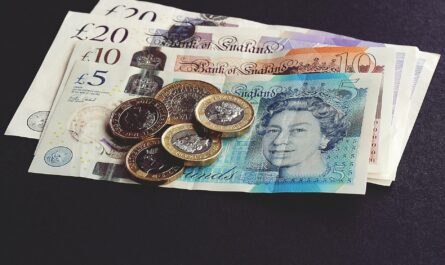Understanding the difference between fixed and variable expenses is crucial for effective personal finance management. This knowledge empowers you to make informed decisions about your spending habits and achieve your financial goals. Let’s delve into the specifics.
Fixed Expenses: The Essentials
Fixed expenses are predictable, recurring costs that remain relatively consistent each month. These are the bills you know you’ll have to pay, regardless of your lifestyle changes. Examples include rent or mortgage payments, car loan payments, insurance premiums (health, auto, home), and subscription services. Budgeting for fixed expenses is relatively straightforward, as their amount doesn’t fluctuate significantly. 
Variable Expenses: The Fluctuating Factors
Variable expenses are, as the name suggests, less predictable and change from month to month. These expenses are often related to your lifestyle choices and consumption patterns. Groceries, dining out, entertainment, clothing, and utilities (depending on usage) are all classic examples of variable expenses. Effectively managing variable expenses requires careful monitoring and conscious spending decisions. Tracking your spending is key to understanding your variable costs.
Analyzing Your Spending Habits
To gain a clear picture of your financial health, you need to meticulously track both your fixed and variable expenses. There are numerous budgeting apps and spreadsheets available to help you easily categorize and monitor your spending. This process allows you to identify areas where you can potentially save money. Perhaps you can reduce your variable expenses by eating out less frequently or finding cheaper alternatives for certain goods and services.
Strategies for Managing Expenses
Effective expense management involves a strategic approach. Creating a detailed budget is a good starting point. This budget should clearly outline both your fixed and variable expenses. Furthermore, consider setting financial goals – whether it’s saving for a down payment, paying off debt, or investing for the future – to motivate mindful spending.  Remember, even small savings can add up over time. Consider using budgeting tools to simplify this process.
Remember, even small savings can add up over time. Consider using budgeting tools to simplify this process.
The 50/30/20 Rule
A popular budgeting guideline is the 50/30/20 rule. This rule suggests allocating 50% of your after-tax income to needs (mostly fixed expenses), 30% to wants (variable expenses), and 20% to savings and debt repayment. While not a rigid rule, it provides a helpful framework for balancing your spending and saving. Adapting this to your specific circumstances is important. [IMAGE_3_HERE]
Conclusion
By understanding the nature of fixed and variable expenses and implementing effective budgeting strategies, you can take control of your finances and work towards a more secure financial future. Remember, consistent monitoring and adjustments are key to long-term success. Learn more about financial planning.
Frequently Asked Questions
What are some examples of low-variable expenses? Examples of low-variable expenses include using coupons, buying in bulk when possible, and cooking at home more often.
How can I reduce my variable expenses? Track your spending to find areas where you can cut back, such as reducing dining out or finding cheaper alternatives to everyday purchases.
What’s the best way to track my expenses? Use budgeting apps or spreadsheets to categorize and monitor your spending habits. Many free and paid options are available.
Is it possible to decrease fixed expenses? Sometimes, yes. You could refinance your mortgage for a lower interest rate or negotiate lower rates with service providers.
What if my income changes? Regularly review and adjust your budget to reflect changes in income or expenses. Flexibility is key.



